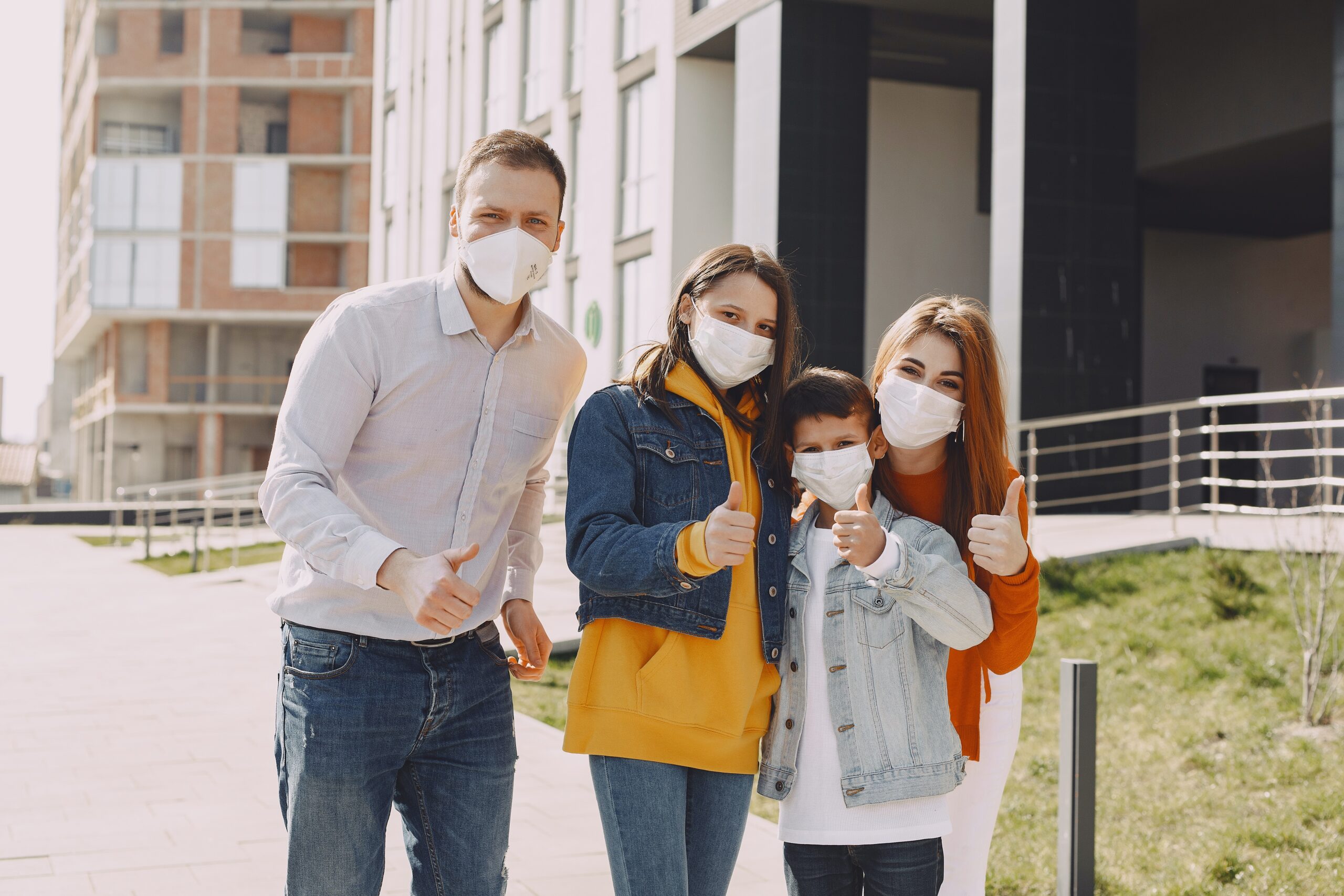As COVID-19 vaccinations are becoming widely available across the U.S. for adults, many parents are navigating the uncharted territory of living through a pandemic life with vaccinated adults and unvaccinated children under 12 years old. Approval of a vaccine for children under 12 is targeted for the end of this year. Individual adults will interpret and apply official guidance to their family’s comfort level. But, it is essential to recognize how vaccines work and what being fully vaccinated means.
Today, we’re exploring what parents need to know about the COVID-19 vaccinations.
The Case For Getting Vaccinated
There are varying views on vaccines and whether individuals should get vaccinated against diseases in general. When it comes to vaccinating against COVID-19, STEMful believes in the science behind vaccines and their ability to contain the virus at the root of this pandemic and lower infection rates.
Here are several reasons we recommend vaccination:
- Vaccines are safe. The U.S. Food and Drug Administration (FDA) has a rigorous process for testing the safety and efficacy of any vaccine used in the U.S., including COVID-19 vaccines.
- Per the Centers for Disease Control and Prevention (CDC), there is a growing body of evidence that fully vaccinated people are less likely to get infected, thus, less likely to spread the disease.
- Getting vaccinated can prevent people around you from getting sick, too, especially those who are at high risk.
- Studies show that COVID vaccines reduce the possibility of getting a severe case of COVID.
- A study in Israel, one of the first countries to vaccinate the majority of their population, showed that a national vaccination campaign resulted in significant drops in COVID-19 cases, positive tests, hospitalizations, and severe hospitalizations.
How COVID-19 Vaccines Work
There are various common misconceptions about how COVID-19 vaccination works. From the false idea that messenger RNA (mRNA) vaccines change your DNA or that these vaccines infect you with COVID-19, it is crucial to understand how the COVID-19 vaccines actually work.
There are currently three types of COVID-19 vaccines that have been authorized or are under trial in the U.S.: mRNA vaccines, protein subunit vaccines, and vector vaccines. Here is how each type of vaccine does its job:
-
- mRNA: mRNA vaccines contain material from SARS-Co-V2 (the virus that causes COVID-19), which signals to our cells to create a protein that destroys foreign body material. Then, our bodies recognize that the protein doesn’t belong in our systems; this leads to the production of T-lymphocytes and B-lymphocytes (white blood cells) designed to fight off the virus if we get infected again.
The COVID-19 viral particles have a spike protein on their exterior. mRNA holds instructions for how to make this protein and delivers them to our bodies. Immune cells can then create their own copies of the spike protein, which they present on their cell surface. Our bodies’ T-lymphocytes and B-lymphocytes produce antibodies to fight off the infection if we are exposed to COVID-19 after vaccination.
-
- Protein subunit vaccines: Protein subunit vaccines contain small pieces of protein from SARS-Co-V2. Similar to how our bodies react to the mRNA vaccine, once we receive the vaccine, our immune system knows how to recognize COVID-19 and will combat the virus if we get infected.
- Protein subunit vaccines: Protein subunit vaccines contain small pieces of protein from SARS-Co-V2. Similar to how our bodies react to the mRNA vaccine, once we receive the vaccine, our immune system knows how to recognize COVID-19 and will combat the virus if we get infected.
-
- Vector vaccines: Vector vaccines have a modified version of a virus different from SARS-Co-V2. There is material from the virus that causes COVID-19 within the shell of the modified virus (a viral vector). After we are vaccinated, that material signals our cells to create protein unique to the COVID-19 virus. Our bodies then make T-lymphocytes and B-lymphocytes to protect us against future infection.
How COVID-19 Vaccination Works With Virus Variants
Viruses change and mutate over time, and public health officials are keeping an eye on multiple COVID-19 variants. You might wonder how getting vaccinated against the COVID-19 virus might protect you from emerging variants. The good news is, COVID-19 vaccines should, in theory, offer some protection.
The COVID-19 vaccines currently approved by the FDA for emergency use and the vaccines still in development work hand in hand with the cells in our immune systems to mount a defense against pathogens like SARS-Co-V2.
Even if a vaccine is found to be less effective against an emerging COVID-19 variant, it is possible to modify the vaccine composition to offer better protection.
What Being “Fully Vaccinated” Means
Being considered “fully vaccinated” requires more than getting your shot–or shots, depending on which vaccine you receive.
It generally takes our bodies up to two weeks after receiving a vaccine to develop immunity against SARS-Co-V2. That means that you are not fully vaccinated against COVID-19 until two weeks after your Johnson & Johnson Janssen vaccine (which requires just one shot) or your second Pfizer or Moderna vaccines (which require two shots).
Individuals with weakened immune systems may not be fully protected two weeks following their single or second shot and should consult with a healthcare provider for further advice.
If You’ve Already Had COVID-19
It is essential to get vaccinated even if you were infected and recovered from COVID-19. While people who’ve had COVID-19 have been found to have 95% immunity for up to eight months after infection, the virus impacts everyone differently, and immunity duration varies from person to person.
Safety Tips for Vaccinated Parents With Unvaccinated Children
Every community is experiencing COVID-19 and the spread of the virus differently. Figuring out which activities you’re comfortable with and feel safe for your family will vary from parent to parent. What can vaccinated parents do with their unvaccinated children? Here are several guidelines we suggest taking into consideration.
- Explore Safe Indoor Spaces: Until children’s vaccinations are available, and even after, it is essential to understand what precautions schools and businesses are taking to provide safe spaces indoors.
- Continue Wearing Masks in Indoor Public Spaces: Because it is unlikely you’ll know the vaccination or risk status of everyone in an indoor public space, wearing a mask continues to be a best practice for protecting yourself and others against the spread of COVID-19.
- Opt for Outdoor Activities When Possible: The CDC suggests outdoor activities and outdoor social visits are safer than indoor activities.
- Make The Best Decisions for Your Family: There is no official guidance on gathering unvaccinated children (with vaccinated parents) from multiple households. So, until vaccines are available, do your best to follow CDC guidelines and encourage mask-wearing and hand washing.
Conclusion
The increasing access to vaccination against COVID-19 is a promising development for a future that might feel a bit more normal to us all. However, it is crucial to understand how to move forward safely and minimize the spread of the virus. At STEMful, we’ll continue to plan our programs to be as safe as possible for the community, based on current science and data. Visit our post on how we created a safe indoor learning environment for children.

